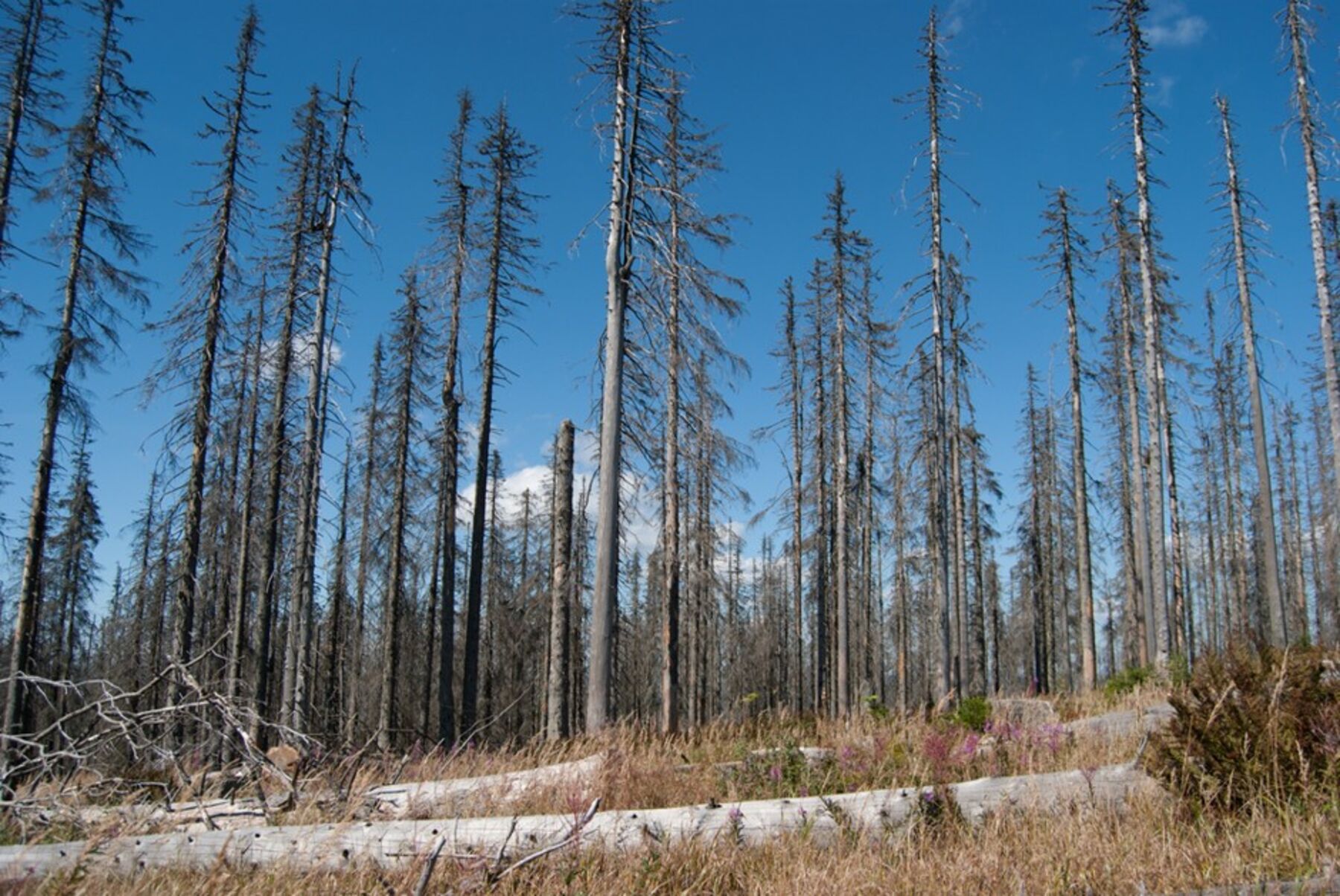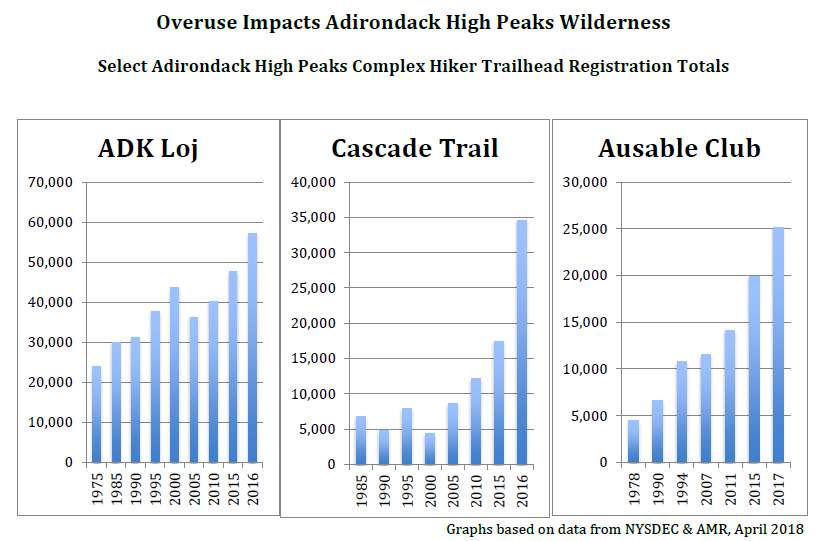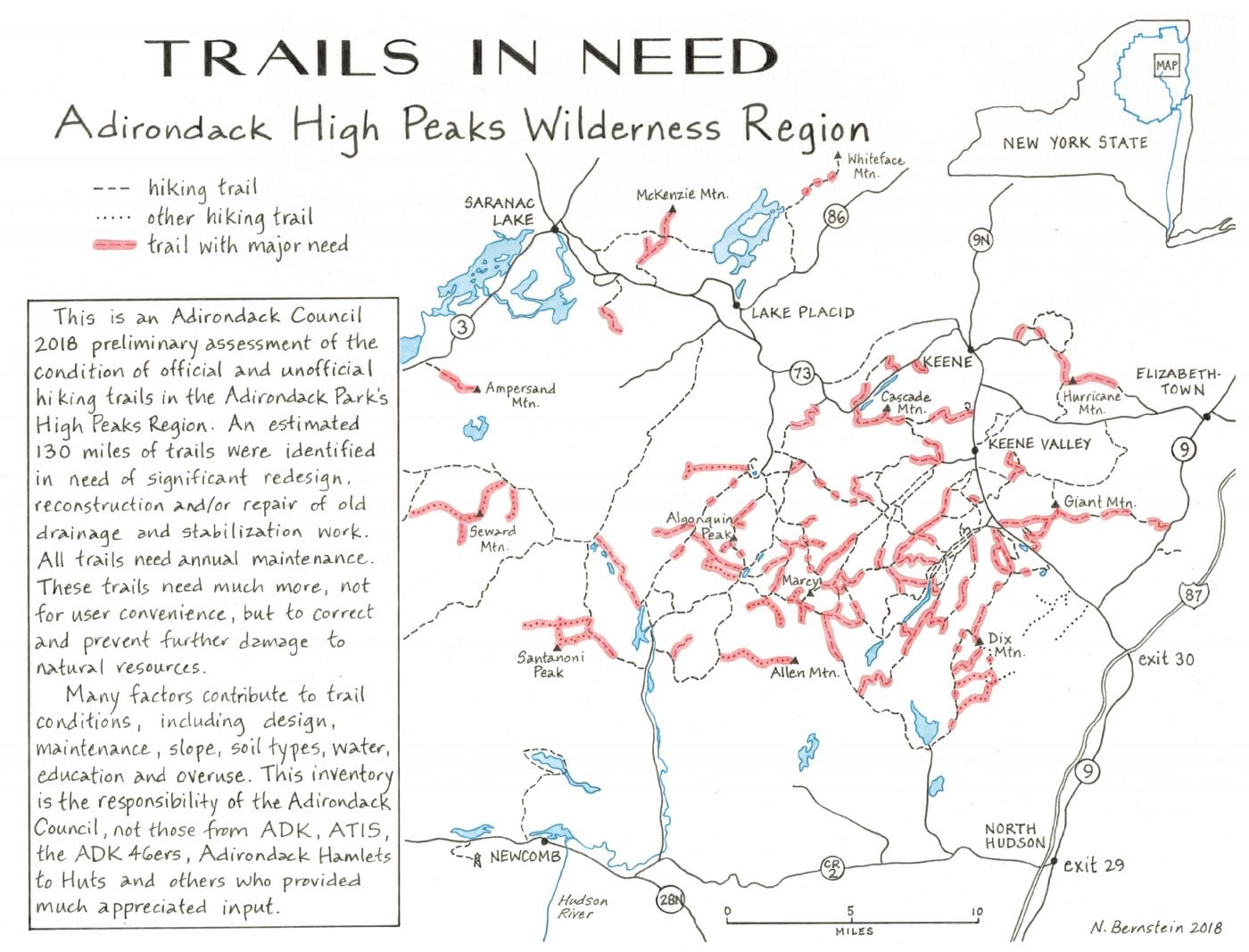You are guilty and I know it. I don’t have to know where you come from or anything about you, we are all guilty of something, rule breaking. There have been times in everyone’s life where they have been under circumstances where they feel they can break rules imposed upon them. Although experiences are different, the reasoning for breaking those rules may be more similar than you think. People have very common thought processes when it comes to breaking the law, and this can be applied to all types of situations, including the Adirondacks.
Why are rules broken? Most people try to follow rules to the best of their ability. We are taught to obey laws. Supposedly, laws make things better for everyone and provide order to a world of chaos. The answer is simple and intuitive. They can be hard to follow. It may seem obvious but it is the truth, and there is evidence to back this claim up. What makes them so hard to follow? Complexity.
Harvard Business Review did research on hygiene rules in Los Angeles County and came to this conclusion. They measured the complexity of rules in two ways. One way was how many components there were in the rule, and the other one was the number of connections for each rule, meaning how much they related to each other. You could have a rule that stood alone, or one that had connections to 5 other regulations.
The findings were that the harder and more complex rules were much more likely to be broken “Because organizations rely on routines for following rules, complex rules would require complex routines, which would be harder to execute reliably” (Lehman, Cooil, and Ramanujam, Harvard Business Review). This makes sense because everyone wants things to be easy, and when you have a complex set of rules, it creates a difficult process to follow them.
To put this into terms of the Adirondacks, we must think of what we have going for ourselves. The constitution is supposed to keep the land “forever wild”, yet we have all of these additions that create complexity within this rule. What does this lead us to? Rules will be broken. When you have additions to the constitution, it creates more complex processes that must be put into place to keep the integrity of a forever wild land. How can we hope to cure this problem? It is a great question, and there is no easy answer. Our instinct may be to cut back on the laws, but then what is the point of them in the first place? The issue of complex rules is not only an headache for the people who have to follow them, but for the enforcers of the laws themselves. We see cases where rules are being bent and people aren’t sure how to handle them. Sometimes, rules can be complex and vague, which makes for a lot of controversy. In my opinion, this is the case in the Adirondacks, the complex rules are a problem for everyone, and it is hard to see the direction that needs to be taken to ease this moshpit of problems.
Works Cited“Why Some Rules Are More Likely to Be Broken.” Harvard Business Review, 7 Oct. 2019, https://hbr.org/2019/10/why-some-rules-are-more-likely-to-be-broken.







